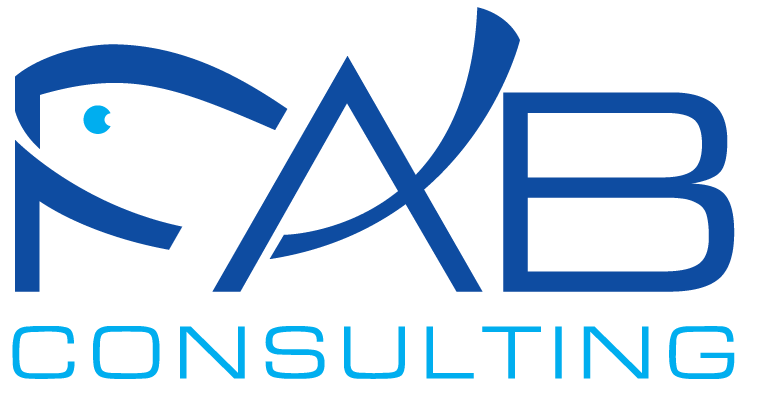Demystifying seafood
Increased global demand for healthy protein is facing a fragmented seafood industry. The world is changing at a fast pace. Trends have become global with a convenience driven consumer who wants to be healthy and good to the environment. In the seafood industry, we see this at an extreme. Fish is caught far away from the markets and has countless species, is caught in different countries with varying catching methods, governance systems and working conditions. As the industry as a whole has righteously focused on proving sustainability (with labels such as MSC), the end consumer has been neglected. Sustainability and its proof is the foundation for any final product, but on its own, it will not sell products.
The fragmentation of the overall industry coupled with the challenging supply chain from catch to plate, has created a situation of extreme confusion about what seafood is indeed good. At the same time we have extreme fluctuations in the quality of the fish products. We believe that by simplifying processes from source to plate, using new technologies to deliver consistent quality and product innovation, as well as entering new and growing markets and segments, the overall value of the industry will be increased.
We work with companies across the industry, as well as external players looking to expand into seafood, to close the gap between consumer demand and industry supply.

We are doing everything right, but are we doing the right things?
We put enormous efforts and invest heavily in the harvesting and primary processing sector. We build trawlers, harbors, plants and set up electricity and water supply in remote areas. Everything is expensive; from supplying goods for production to getting skilled workers. The industry prides itself with doing this in the most sustainable and best way possible. We have the raw material fulfilling the highest demands in regards to sustainability, both ethically and quality wise. All this effort is however not reflected in the final product found in the retail shelves or in food service. We have not seen an increased per capita consumption in established markets or trust from the consumer. By making processes more consumer oriented throughout the chain from catch to plate, we believe that this can be changed.
Final product forgotten as focus turns to cost cutting
When the heavy investments in time, energy and capital are complete, the focus of secondary processing turns to cost. Instead of consumer oriented production, we have mastered outdated processes to compete with low prices from Asia; thinking that lowered prices will lead to increased consumption. Not only is the great story of the fish lost, the final products vary in quality, lack convenience and trust from the end consumer. We know how difficult it can be to make changes from within as daily business presses on. Process optimization and the usage of new technologies to respond to the quickly changing global consumer can make productions more efficient, flexible and able to stay competitive for the long-haul.


Preventing failure when worlds collide
The overall fragmentation from species, to countries, to governance systems makes the seafood industry very complex, especially when looking in from the outside. As investors and food producers gain interest, common understanding between the harvesters and producers and new investors is crucial. From delivering a status overview, to communicating between the different parties, as well as setting up and implementing the proper procedures, we provide know-how from within.
